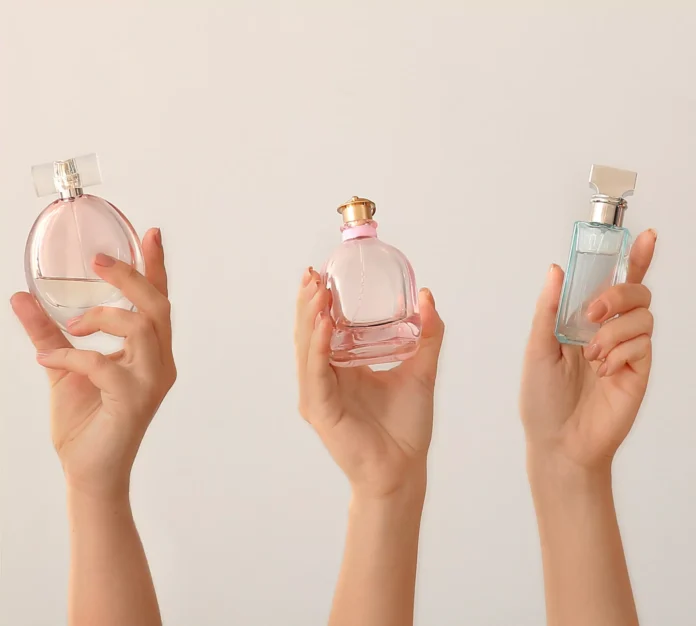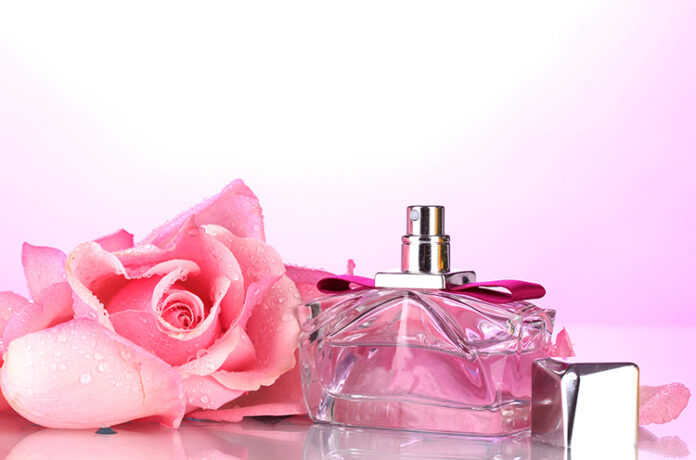A term that often surfaces in discussions about perfumes, Musk holds a pivotal role in the world of perfumery. This article aims to shed light on what musk is and its significance in creating fragrances. By exploring its origins, evolution, and modern-day synthesis, we will uncover how musk contributes to the depth, longevity, and complexity of perfumes.
The Origins of Musk

Originally, musk was obtained from the deer, a small animal found in the mountainous regions of Asia. The substance was harvested from a gland of the male deer, valued for its potent aroma.
In ancient times, it was highly prized for its unique scent and long-lasting properties. It was used in royal perfumes, incense, and as a status symbol among the elite. The allure lay in its mysterious and compelling fragrance, which could add depth and warmth to any scent blend.
As the demand for it grew, so did the concern for the deer’s well-being and survival. Over-hunting led to a decline in their population, prompting the need for ethical and sustainable alternatives. This challenge sparked innovation in the perfume industry, leading to the creation of synthetic compounds that mimic the scent of natural musk without harming wildlife.
Modern Musk in Perfumery
Today, in perfumery, it is predominantly synthetic, designed to replicate the scent and properties of natural musk. These synthetics play a crucial role in the formulation of fragrances, offering a sustainable and ethical option for perfume makers.
Synthetic musks are celebrated for their versatility and stability in fragrance compositions. They provide a smooth, rich base that can enhance the longevity and projection of a perfume. The appeal lies in its ability to blend well with various notes, creating a harmonious and rounded fragrance experience.
In perfumery, it serves as a foundational element, often used as a base note that anchors the fragrance and allows it to evolve on the skin over time. It acts as a fixative, helping to preserve the integrity of other volatile notes and contributing to the overall sillage and longevity of the perfume.
The Evolution of Scents

Over the years, the use of perfumery has evolved significantly. From its natural origins to the development of synthetic alternatives, it has remained a constant, yet ever-changing, element in the art of fragrance making.
From Natural to Synthetic
The transition from natural musk to synthetic alternatives marked a significant shift in the perfume industry. This evolution was driven by the need for sustainable practices and ethical considerations, leading to the creation of compounds that are both safe and environmentally friendly.
The Spectrum of Varieties
Synthetic musks, with their vast array of scents ranging from clean and soft to deep and animalistic, empower perfumers to craft an extensive variety of fragrance profiles. This spectrum encompasses everything from fresh and light colognes to warm and sensual perfumes, seamlessly integrating into the rich tapestry of Arabic perfume traditions.
The adaptability of synthetic musk underpins its allure, establishing it as a fundamental component in both modern and traditional fragrance formulations, including the opulent and intricate compositions characteristic of Arabic perfumery.
The Art of Blending Musk

Blending musk into a fragrance is a nuanced art that requires skill and a deep understanding of scent profiles. Perfumers use it to achieve balance, add complexity, and enhance the overall composition of a perfume.
As a foundation that harmonizes the brighter, more effervescent top notes with the richer, deeper heart notes, it serves as a stabilizing element in fragrances. A harmonizing perfume that gradually unfolds and reveals diverse aspects over time requires this equilibrium.
The complexity of a smell is enhanced by its ability to blend with other components. It serves as a blank canvas on which other notes can shine while subtly enhancing the overall character of the scent. A fragrance’s depth is what gives it the wearer’s attention and makes it unforgettable.
Sensory Experience and Emotional Connection
Beyond only influencing a fragrance’s aroma, it has a big impact on the sensory and emotional aspects of perfumery. Special properties have the power to arouse feelings, recollections, and an inviting or comforting feeling.
The scent can be deeply evocative, triggering memories and emotions tied to past experiences. This connection makes it a powerful tool in perfumery, as it can create a personal and emotional bond between the wearer and the fragrance.
The warmth and softness can impart a sense of comfort and intimacy, making it a popular choice for personal fragrances. Additionally, its subtle sensuality adds an allure to perfumes, making them more captivating and attractive to others.
The Future in Perfumery
As the fragrance industry continues to evolve, so too does the role of perfumery. Innovations in synthetic chemistry and a growing emphasis on sustainability are shaping the future of fragrances.
The ongoing development offers new possibilities for perfumers. These innovations can lead to more environmentally friendly and ethically sourced musk alternatives, expanding the palette of scents available for fragrance creation.
The future of musk in perfumery is closely tied to sustainability and ethical practices. As consumers become more conscious of the origins of their products, the demand for sustainably sourced musk will continue to grow, influencing how perfumes are formulated.
Impact on Fragrance Longevity and Sillage

One of Musk’s most valued contributions to perfumery is its impact on the longevity and sillage of a fragrance. Its properties as a fixative help to anchor other notes, ensuring that a perfume’s scent lingers and radiates appropriately.
A fragrance lasts longer thanks to musk’s capacity to attach to the skin and bind with other smell molecules. To produce premium fragrances that keep their aroma profile all day, this endurance is necessary.
The sillage of perfume, or the scent trail it leaves, is significantly affected by the presence of musk. Musk’s diffusive properties help to project the fragrance, allowing it to be perceived by others in the vicinity, thus enhancing the overall impact of the perfume.
Conclusion
In conclusion, musk’s role in perfumery is multifaceted, contributing not only to the scent profile but also to the ethical and sustainable practices within the industry.
Its evolution from a precious natural resource to a variety of synthetic alternatives showcases the adaptability and innovation in fragrance creation. Musk remains a cornerstone of perfumery, offering depth, longevity, and a touch of mystery to countless fragrances.







